Why the "Grandparents’ Diet" is healthy for you...and their future
What diet can protect both our health and our children’s and grandchildren’s future? In January, the EAT-Lancet Commission on Food, Planet, and Health unveiled its “planetary health diet” at dozens of events worldwide. Here are some take-aways from commission co-chair Walter Willett.
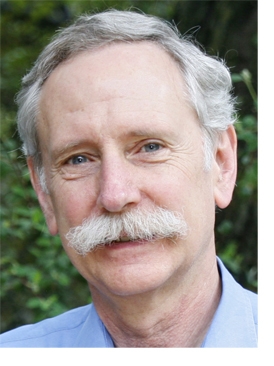
Walter C. Willett is professor of epidemiology and nutrition at the Harvard T.H. Chan School of Public Health and professor of medicine at Harvard Medical School. A co-author of more than 1,800 studies, Dr. Willett is among the five most cited researchers in all fields of science. He spoke to Nutrition Action’s Bonnie Liebman.
Why food matters
Q: How is our current diet harming the environment?
A: In every way possible. The way we produce food is having a devastating impact on the environment. Its effect on climate change has gotten the most attention, and for good reason. It’s very much threatening the future of the world that our children and our grandchildren will experience.
What’s really worrisome is that the changes are accelerating in ways that were not predicted, and we seem to be reaching tipping points where the consequences accelerate climate change.
Q: And the damage goes beyond climate change?
A: Yes. For example, the nitrogen and phosphorus runoff from fertilizer is contributing to pollution and dead zones in the Gulf of Mexico and elsewhere. Those areas—where oxygen levels are so low that animals die off—will affect our ability to produce food in the future. Clearing land to grow food for animals is destroying forests and pasturelands, which is leading species to become extinct at a rate that is unprecedented during human existence. And our food system is diminishing the availability of fresh water in many places.
Q: How much fresh water is used to produce food?
A: It’s about 70 percent of fresh water use. In some parts of the world, lack of fresh water is already reaching a crisis level.
Q: Will these problems get worse?
A: Yes. Even today, we’re not feeding Americans or the rest of the world a healthy diet. Our Lancet report uses 2050 as a milestone to look into the near future.1 That may seem far away, but most people who are alive now will be alive in 2050, and our grandchildren are going to see 2100, so this is coming in real time.
By 2050 we’re going to add another 2½ billion people to the world’s current 7½ billion. And increasing income will increase the demand for animal foods, which have the biggest environmental footprint. So if you project out what we’re doing now to 2050 using the business-as-usual model, it’s really a disastrous situation.
Q: What did the EAT-Lancet commission do?
A: Our goal was to find a healthy and sustainable diet that could feed close to 10 billion people. When you look at the big picture—what we’re doing now and where it’s headed—the problem is so daunting that it’s almost paralyzing. So we broke it down into several steps.
The first was to define a healthy diet. Fortunately, we have a lot more data than we did even 20 or 30 years ago. That healthy diet would have relatively low amounts of red meat and other animal foods and lots of fruits and vegetables, along with whole grains and healthier fats. But it has quite a bit of flexibility, so we call it a flexitarian diet. You could also call it a plant-forward or a planetary health diet.
Q: What was the next step?
A: Our colleagues in the earth sciences developed what they call planetary boundaries—how much greenhouse gas we can produce, how much cropland and water we can use, and how much nitrogen and phosphorus we can put into the ecosystem and still be sustainable.
Then we looked at the business-as-usual model. And—big surprise—it dramatically exceeded the planetary boundaries, meaning that what we are doing is unsustainable.
Q: So you looked at other scenarios?
A: Yes. We ran different scenarios to see what we’d have to do to stay within planetary boundaries. We looked at different diets, reducing food loss on the farm and waste in the home, and producing food more efficiently.
And we found a number of win-win pathways that would dramatically reduce our impact on the environment and improve our health at the same time.
Q: Is changing our diet enough?
A: No. One of the assumptions for these projections is that we get to 100 percent green energy by about 2050. That’s got to be part of it. There are such big energy inputs to the agricultural system—as well as for heating and transportation and everything else—that we need to switch from fossil fuels to green energy as fast as we possibly can.
The flexitarian diet
Q: What is a flexitarian diet?
A: It’s mostly, but not 100 percent, plant based. You can have some red meat now and then. Or you can have no red meat but some poultry, fish, eggs, and dairy. Or you can have a plants-only vegan diet.
Q: How much beef?
A: About half an ounce a day, which seems tiny. But that allows you to have about three ounces of cooked meat once a week. That’s where the traditional Mediterranean diet was. Or you can have a 12-ounce steak once a month.
I know that sounds radical to many Americans. The beef industry is going to beef about it. But I make an analogy with lobster. I really like lobster, and I have it two or three times a year. So we’re not saying never.
Q: Why so little beef?
A: Cattle have rumens—stomachs where food is slowly digested by fermentation. A lot of methane is produced during the digestive process in the rumen that essentially is expelled as burps or farts.
Q: And methane is a potent greenhouse gas?
A: Yes. Also, cattle live longer than chickens. They take about 1 to 1½ years to come to market if they’re grain fed—or 2 to 2½ years if they’re grass fed—and every day that they’re alive, they’re emitting methane and breathing out carbon dioxide.
We simply cannot eat the amounts of beef that we’re now consuming and still have a future for our grandchildren.
Q: What about pork and chicken?
A: Pigs come to market in about six months, and chickens come to market in about six weeks. That’s the main reason why chickens produce less greenhouse gases per serving. They convert feed to flesh more quickly than pigs and much more quickly than cattle. Pigs and chickens can also act as scavengers to eat what people won’t eat.
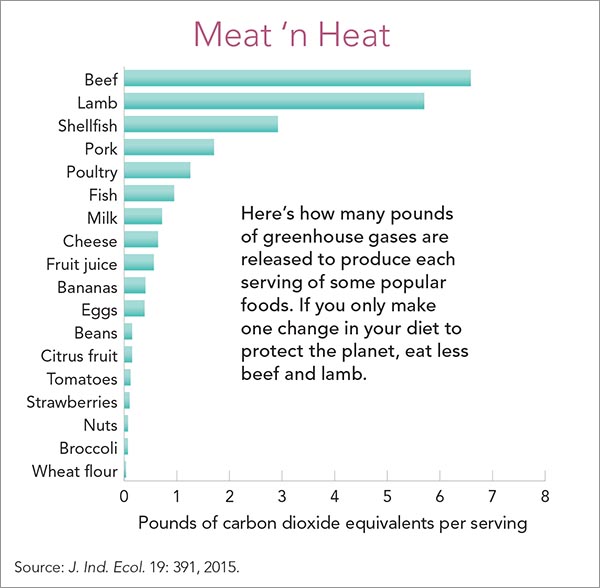
Q: How about fish?
A: We can’t increase our catch of wild fish. We’re overfishing as it is. If we’re going to increase our fish consumption, it has to be from aquaculture. Using aquaculture to produce bivalves like mussels, clams, oysters, and scallops is very efficient.
In Vietnam and in China, they’re big into aquaculture. They’re using ponds, and it’s an efficient way of producing fish. If we’re going to feed some grain to animals, it’s best to give it to fish or poultry.
Q: Does much of our grain now go to feed animals?
A: Yes. Of the grain that’s produced and used in the U.S., about 45 percent is used to feed animals, about 30 percent goes to produce ethanol to help fuel cars, and about 15 percent is for what they call manufacturing, but that mostly means turning it into high-fructose corn syrup. Only about 10 percent of the grain we grow is consumed by humans.
So it’s clear that our food system is both destroying the environment and making us sick at the same time. It’s hard to imagine that it’s so dysfunctional.
Q: How much dairy is in the diet?
A: One serving a day. So you can have yogurt or milk every day or you can have a small piece of cheese and half a serving of yogurt or milk. There’s quite a bit of flexibility. But if we went to two servings a day, we couldn’t have a sustainable diet for the world.
Q: Because dairy comes from cattle or other ruminants?
A: Yes. Dairy’s environmental footprint for producing greenhouse gases is not as bad as beef’s, but it’s pretty big. Feeding grain to cattle just doesn’t make sense. The conversion is inefficient both for beef and dairy.
Q: What if cattle are grazing?
A: We do have some land that would be good for grazing cattle. Some places are too dry for dairy cattle, but they would do fine in the green hillsides in Vermont. It’s better to use that land for milk, not meat, because you get more food per ton of greenhouse gas emissions. And we get some hamburger from burned-out dairy cattle.
Q: Is grass-fed beef better?
A: Not from a health standpoint. People claim that you get more omega-3 fatty acids from grass-fed than from grain-fed beef, but the quantity is pretty trivial. You still get mostly saturated fat from grass-fed beef. And the greenhouse gas production per pound of beef is similar.
Of course, if we didn’t feed grain to cattle, the meat supply would shrink. So if we just switched to grass-fed beef, that would dramatically reduce consumption around the world.
Going flexitarian
These four steps hit the key elements of a flexitarian diet.
Step 1. Start with plants. Vegetables, fruit, beans, nuts, soy foods, and whole grains are your base.
Step 2. Add optional dairy. You can add one serving—1 cup of milk, 1 oz. of cheese, or 5 oz. of yogurt—per day.
Step 3. Add optional seafood, poultry, or eggs. You can add one small serving—3½ oz. raw (about 3 oz. cooked) or 1 egg—per day.
Step 4. Trade seafood, poultry, or eggs for red meat. You can swap a serving of seafood, poultry, or eggs for the same size serving of red meat, but only once a week.
TIPS:
■ What to eat? See the sample dishes below. The Options suggest how to follow Steps 2 and 3.
■ Still hungry? Fill up with fruits or veggies, nuts, or whole-grain crackers as snacks.
BREAKFAST
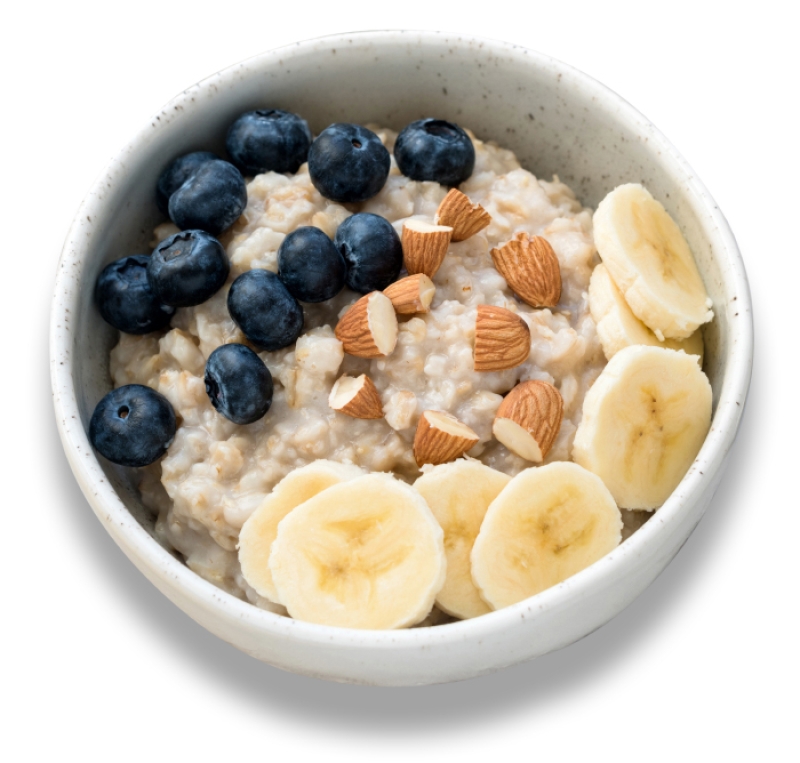
Oatmeal with fruit & nuts.
Option: Add dairy milk or yogurt.
LUNCH
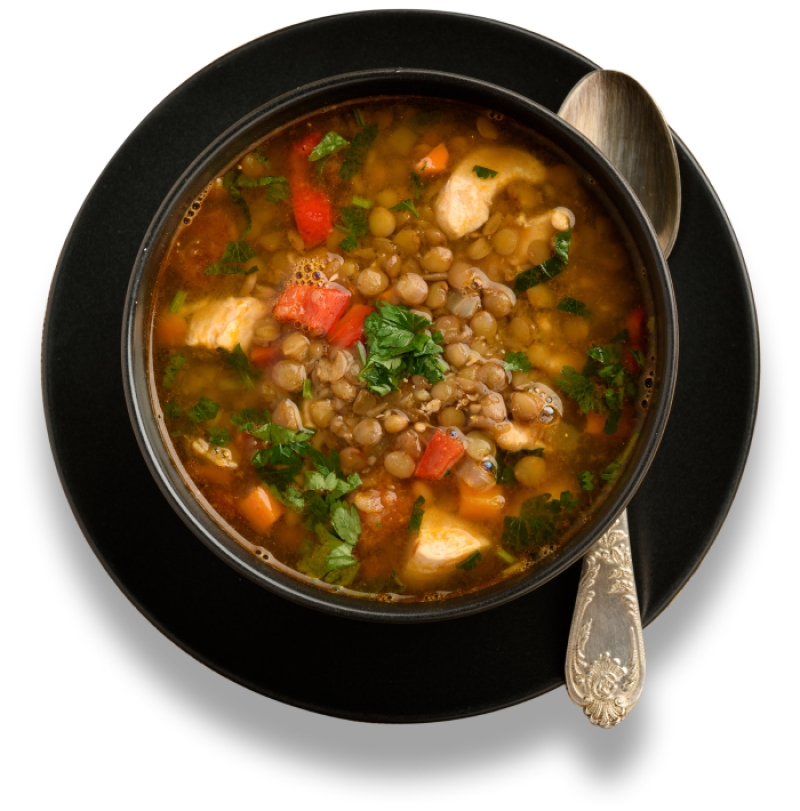
Lentil soup.
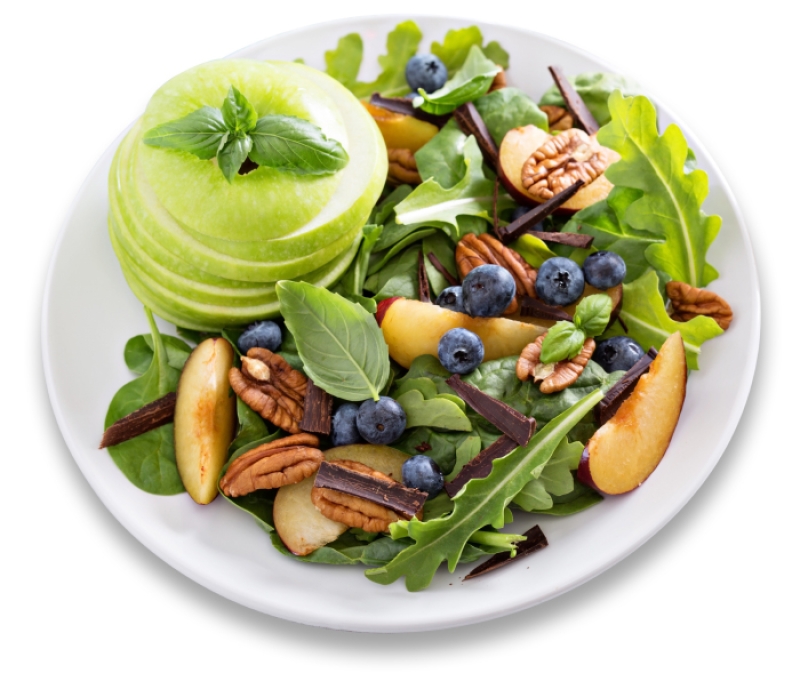
Salad with fruit & nuts.
DINNER
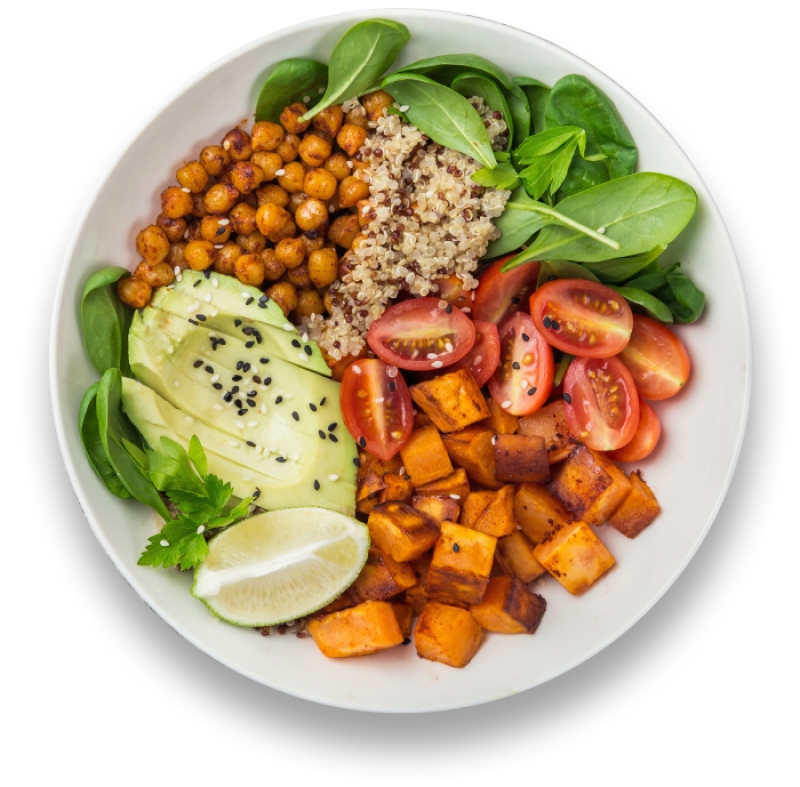
Veggie bowl with chickpeas & avocado.
Option: Add a small serving of fish or poultry.
Is the diet healthy?
Q: Are all plant-based diets healthy?
A: No. Eating plant-based foods doesn’t automatically mean a healthy diet. Coca-Cola and Wonder Bread are plant-based foods. They’re clearly not healthy. A healthy plant-based diet includes beans, nuts, soy foods, and whole grains, and it’s rich in fruits and vegetables.
Q: What makes those foods healthy?
A: The biggest impact would be to lower type 2 diabetes and heart disease risk. If we’re looking at protein sources, replacing red meat with some combination of nuts, soy foods, and beans would lower heart disease risks because they lower LDL—or bad—cholesterol. But they almost certainly have other benefits as well.
Q: What about carbs?
A: Almost 50 percent of our calories come from unhealthy carbohydrates. Of that 50 percent, 80 percent is refined starches, added sugars, and potatoes, which are all contributing to obesity and diabetes. This is our major nutritional problem.
Switching from refined starches to whole grains doesn’t make a big difference to the environment, but it does for your health.
Q: And healthy fats?
A: In the United States, fats have improved dramatically now that partially hydrogenated oils are banned. All unsaturated vegetable fats—including not just olive but soybean, canola, and corn oil—are healthy fats.
The number-one fat in the global food supply is palm oil, which is not optimal because it’s high in saturated fats. Also, most palm oil is produced on land that was formerly tropical rain forest. So palm oil production has been devastating for biodiversity.
To be honest, plowing up prairie land to produce soybeans also harms the environment. When we’re trying to feed over 7 billion people now, and close to 10 billion people by 2050, everything has an environmental impact. But from a health standpoint, unsaturated fats are better.
A not-so-distant future
Q: It’s not just polar bears, but also our children, who are at risk?
A: Yes. If we continue down our current path, the world that our grandchildren will live in will be very different than the world that we’ve been able to enjoy.
Some parts of the world will become uninhabitable. When southern Florida is under water, we’ll have a migrant situation that we’ve never had to deal with before. How are we going to keep them from moving north? Put up a wall?
Q: Isn’t that already happening?
A: Yes. In some parts of Asia, coastal areas that are getting flooded are no longer habitable. But even if you live inland and you’re not going to be affected by rising water, you’re not immune.
Vermont had horrendous damage a few years ago from a hurricane, because the torrential rains flooded out the valleys where almost everybody lived and destroyed a lot of infrastructure. They may have thought they were high and dry, but the torrential rains were devastating.
Q: As were California’s wildfires.
A: Yes. And the droughts in California and the Southwest are likely to spread. Much of the Midwest will be too dry for farming, which will have massive consequences for jobs and the food supply.
Q: People are starting to notice the fires, floods, droughts, and hurricanes.
A: Yes. And these extreme events will become more common. And the consequences for political stability are some of the most frightening. Countries that can no longer feed their populations can’t possibly be stable. And their political instability spreads across borders in ways that are destabilizing everywhere. People aren’t going to sit back and go away.
Q: Not if they’re desperate for food or water.
A: Right. At this point, that picture is not inevitable. But to avoid it, we need massive changes in what we eat and how we produce food. We can’t get to a sustainable environment for our grandchildren without making major changes in the foods that we eat.
1Lancet 2019. doi:10.1016/S0140-6736(18)31788-4.
EASY MEAT SWAPS
Ideally, switching to a plant-based diet means eating more unprocessed foods—like beans, tofu, tempeh, and nuts—in veggie-rich dishes with Asian, Indian, Middle Eastern, or other origins. But if you just want an easy stand-in for meat, poultry, or fish, here are some of our faves (for more, see the Nov. 2017 issue).
HAMBURGER
MorningStar Farms Grillers Prime or Grillers Original
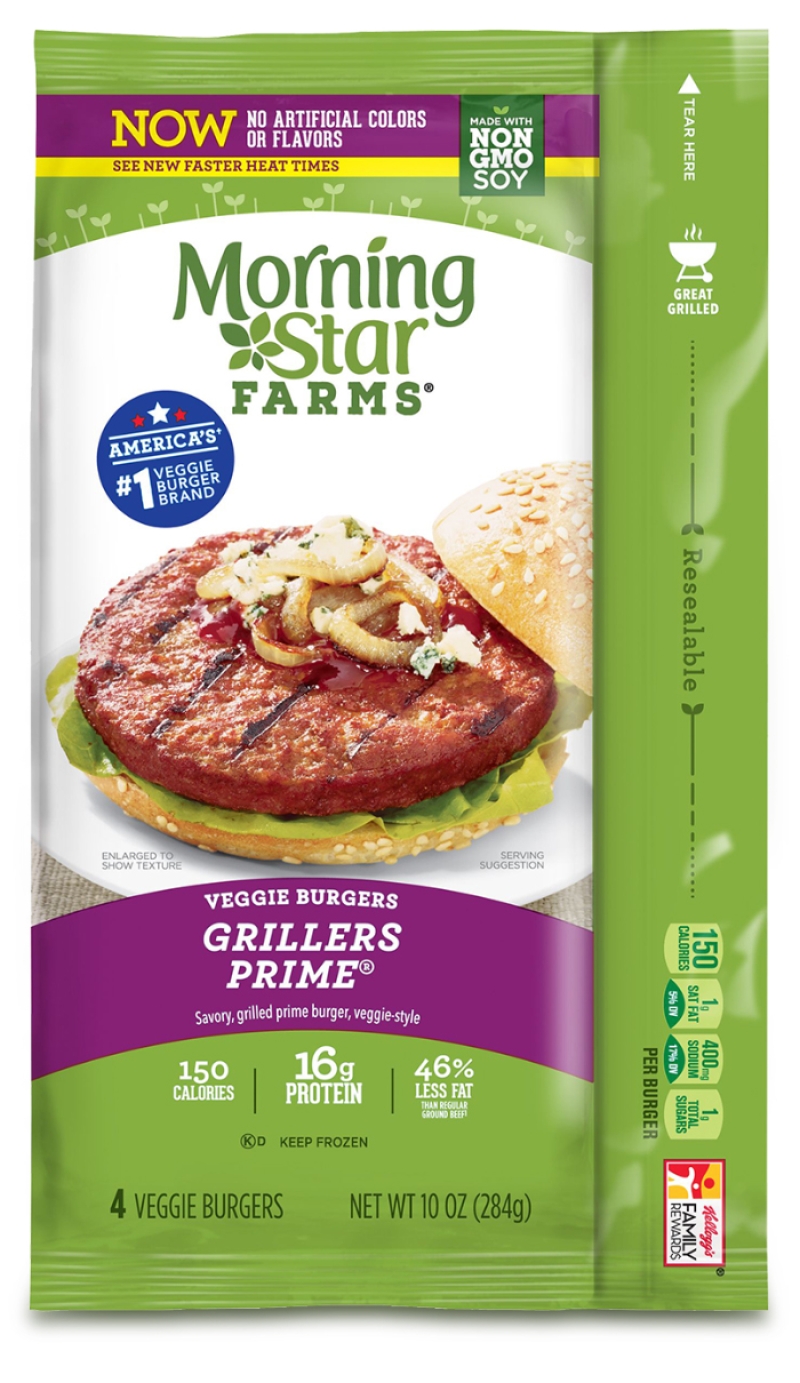
Also try: Gardein The Ultimate Beefless Burger
BEEF STRIPS
Gardein Sizzling Szechuan Beefless Strips
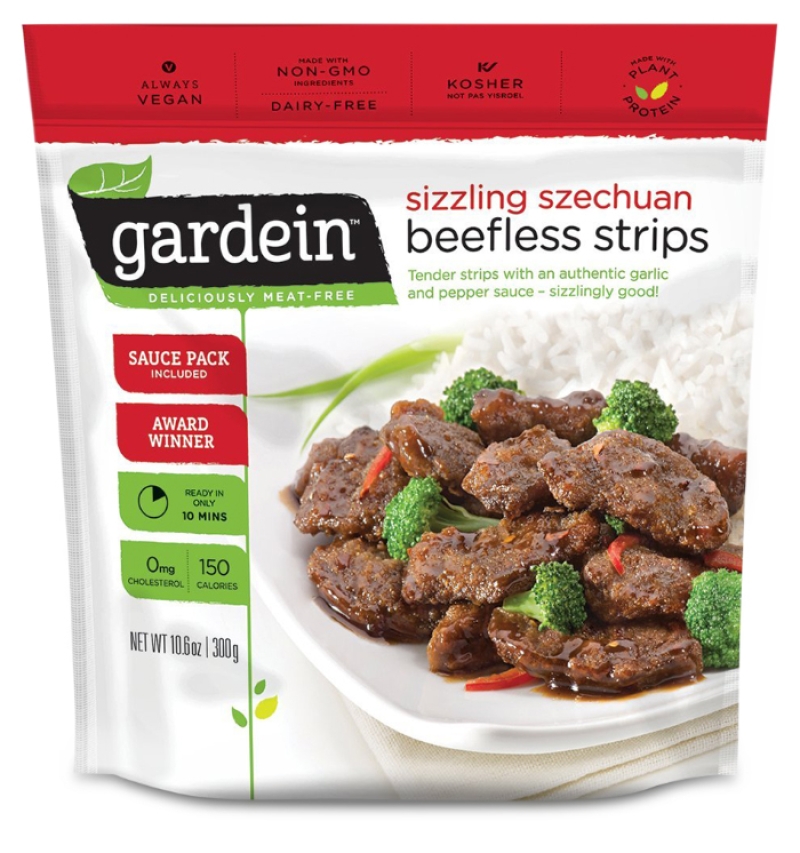
Also try: MorningStar Farms Steak Strips
BREAKFAST SAUSAGE
MorningStar Farms Original Sausage Patties
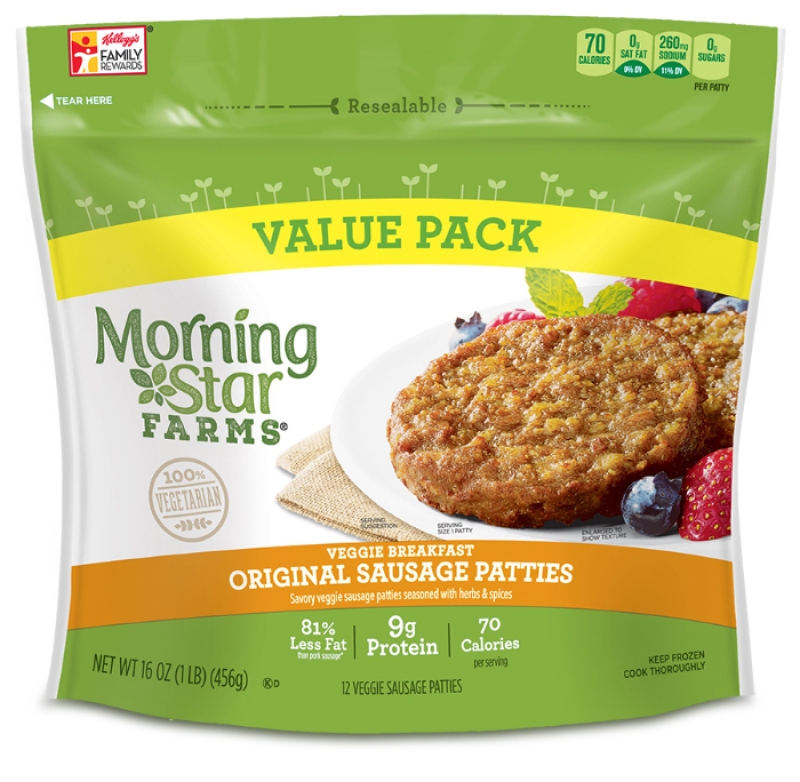
Also try: Field Roast Apple Maple Breakfast Sausage
CHICKEN
Gardein Chick’n Scallopini
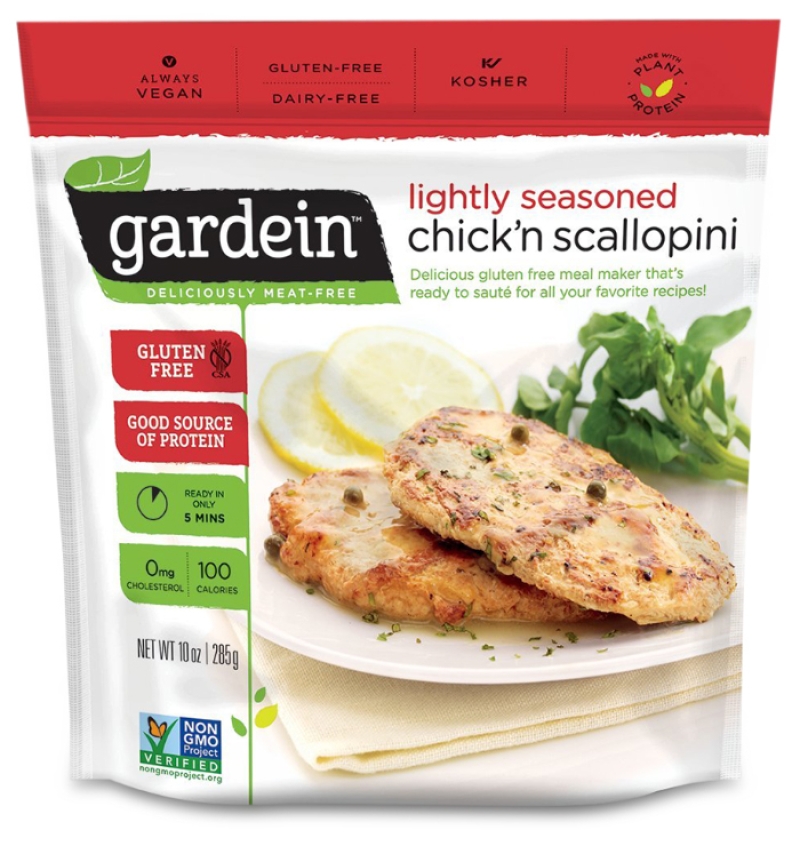
Also try: Gardein Chick’n Strips
BREADED SEAFOOD
Gardein Fishless Filets
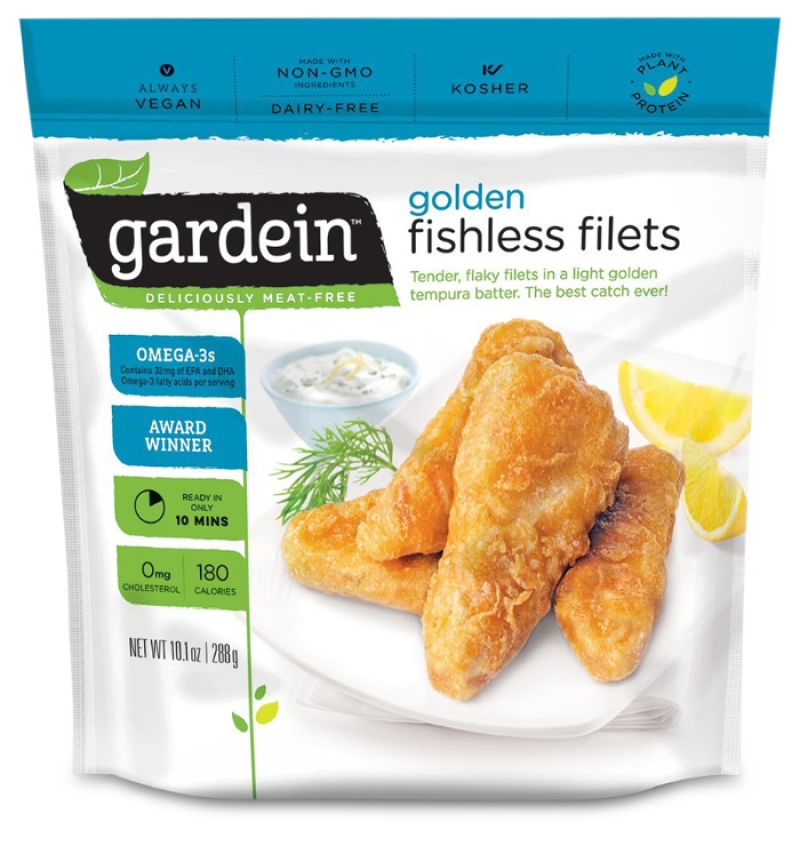
Also try: Gardein Crabless Cakes
Menus of change
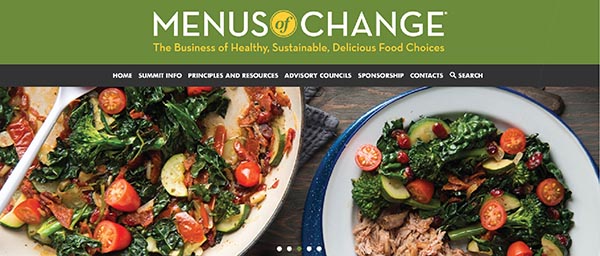
In 2013, the Culinary Institute of America and the Harvard T.H. Chan School of Public Health created Menus of Change, a partnership that encourages restaurants to create dishes that celebrate, but aren't limited to, plant-based foods.
Healthy, sustainable menus
The Plant-Forward Global 50—including José Andrés, Alice Waters, Yotam Ottolenghi, and other top chefs—support these goals. Use them as a guide to your own menus.
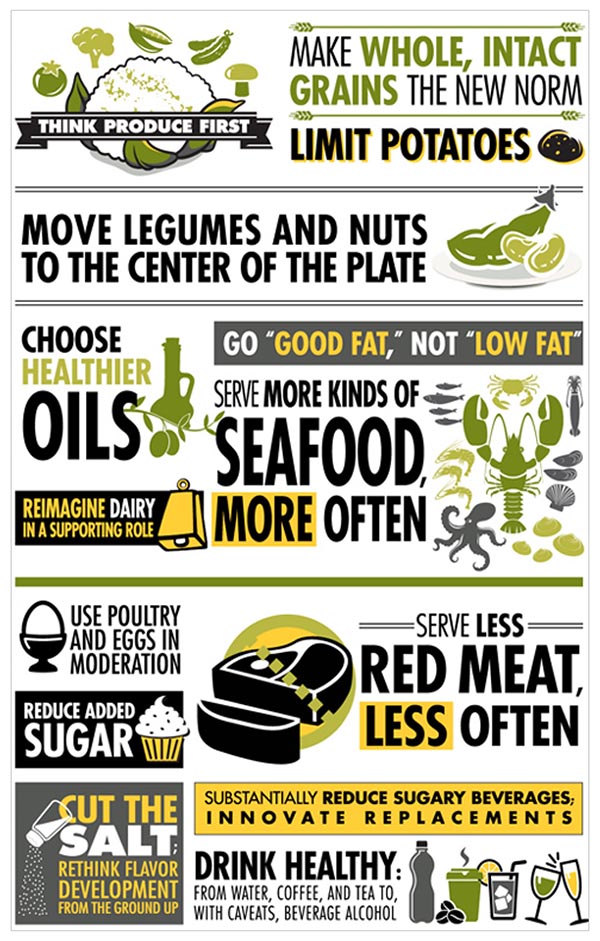
(c) 2018 The Culinary Institute of America and President and Fellows of Harvard College, as published in the Menus of Change Annual Report. All rights reserved. See the full version of the principles at www.menusofchange.org/principles-resources/moc-principles/. Designed by J Wright Design.
Photos: Monkey Business/stock.adobe.com (top), Vladislav Nosik/stock.adobe.com (breakfast), O.B./stock.adobe.com (soup), fahrwasser/stock.adobe.com (salad), anna_shepulova/stock.adobe.com (dinner), manufacturers (plant-based meat swaps).
Continue reading this article with a NutritionAction subscription
Already a subscriber? Log in

